Rich Coast Culture
Absolute diversity: Talamanca is an example to the world that cultural diversity is a strength. This land has managed to survive historic threats because of this strength. The incredible blending of cultures has resulted in a peaceful, strong and respectful society, a dynamic economy, delicious food, creative and interesting projects and the most beautiful children.
The Bribri & Cabecar:
Preliminary archaeological investigations report human occupations in Talamanca since 300 b.c. The Bribri and Cabecar peoples are the ancestral inhabitants of this land. One interesting fact is that Talamanca is one of the few Latin American territories that was never conquered by Spanish, this because of the fearless Bribri warriors (Yerias) under the orders of the cacique (Blupa). Originally they had a very solid social structure with defined strategic social, political, religious and military roles. Its system was matrilineal and divided by clans that occupied different parts of the territory.
Nowadays, their traditional and ancestral way of living and social structure suffered changes because of national political influence and western imposed globalization. Indigenous territories were defined by Costa Rican laws, and it’s in these area where they can live with autonomy recognized by international agreements. Bribris and Cabecares living near the boundaries of their territories wear western clothes and participate in the modern economy and political life. Spanish language predominates, but many use the Indigenous languages, and it is not uncommon to hear an Indigenous speaking in Caribbean English.
Many Traditional customs and beliefs are retained. For most of the Bribri and Cabecar people the rainforest is still where they get their food, medicine and building materials from, and their beliefs and understanding of the relation between God (Sibú), humankind and nature, guide them in their daily use of the natural resources. The name of each indigenous clan is related to some animal, plant, location or quality and designates each clan as ‘caretaker’ or ‘guardian’ of the respective animal, plant, location or quality.
Most indigenous people go and see a medical doctor of the Costa Rican public health system when they are ill. But many times they seek as well the help of their Awá (shaman) since many diseases are considered to be of the soul, the really serious diseases that are invisible.
The Indigenous people live in three Indigenous Territories. Both the Talamanca-Bribri Territory and the Talamanca-Cabecar Territory cover large areas of the interior Talamanca mountains. A smaller territory, Kekoldi, is located just inland from Puerto Viejo. Talamanca has the largest indigenous groups of Costa Rica.
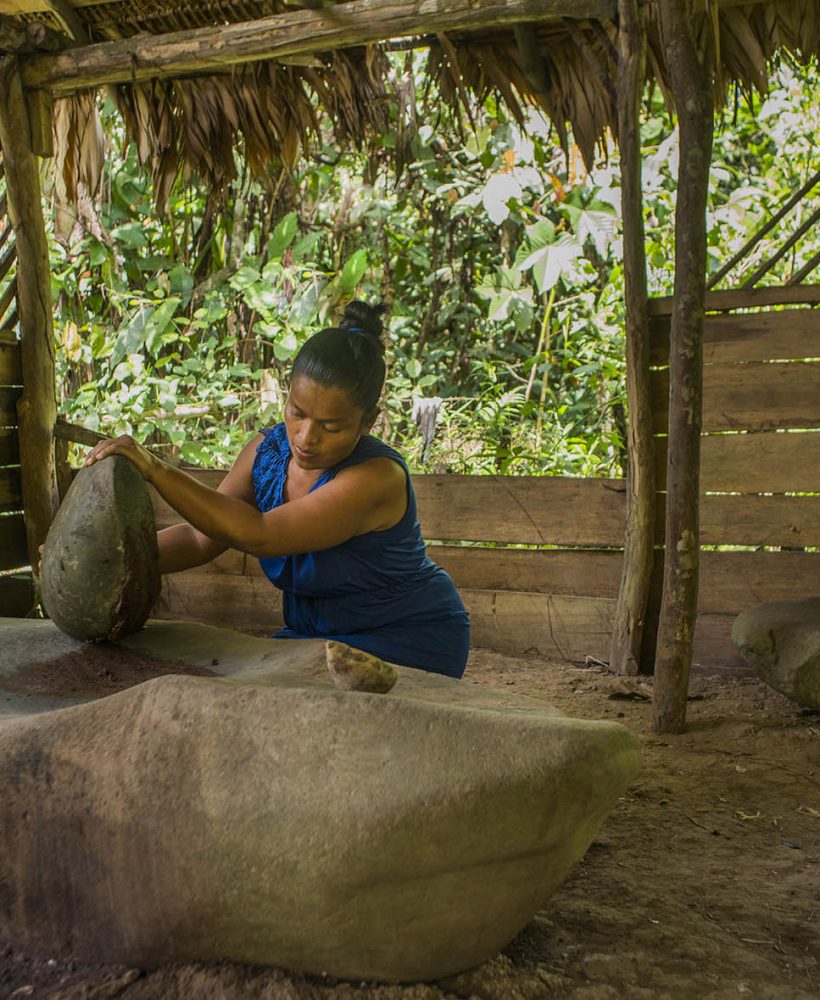
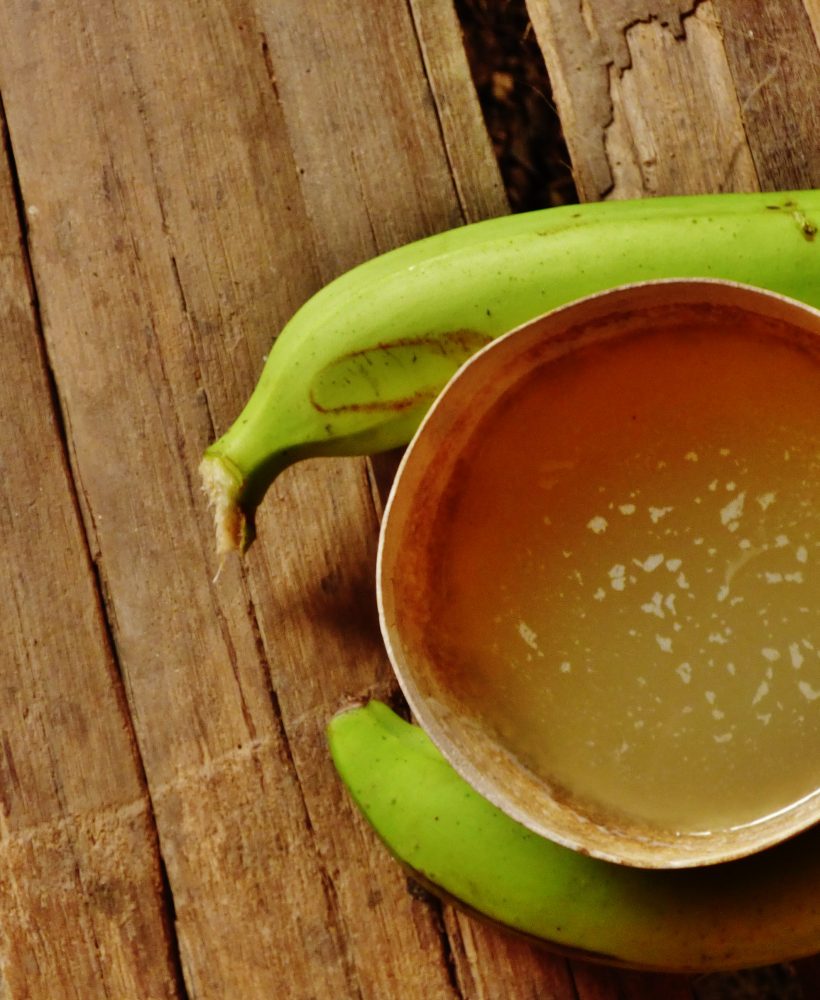
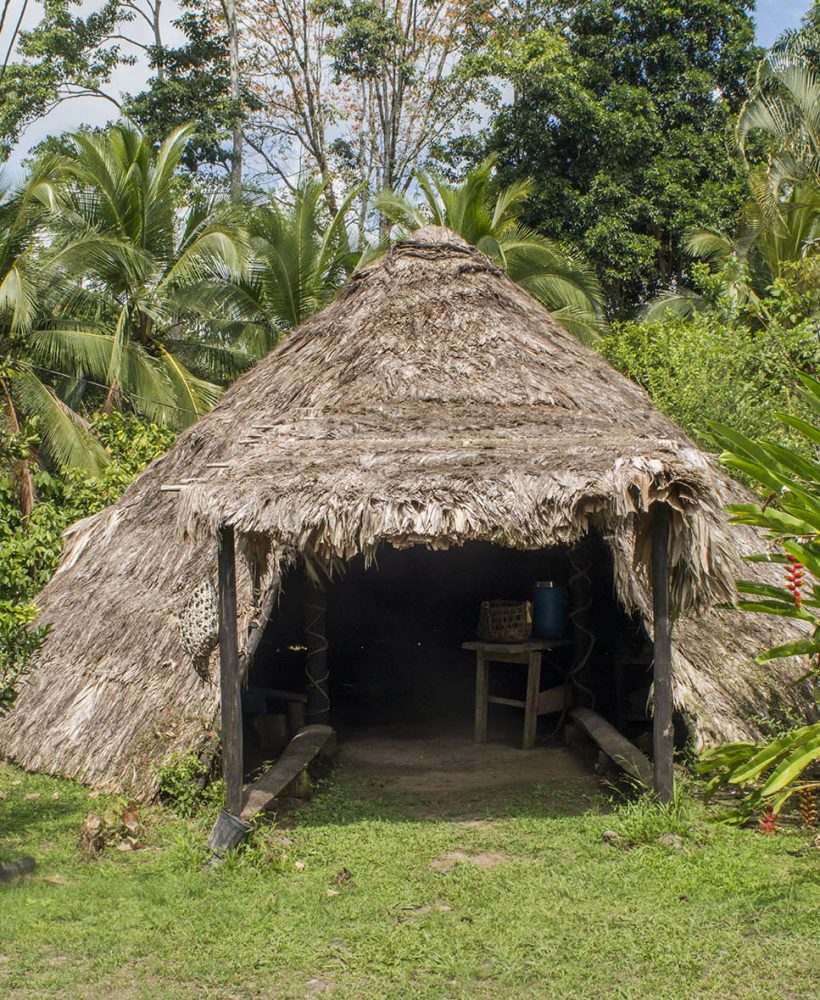
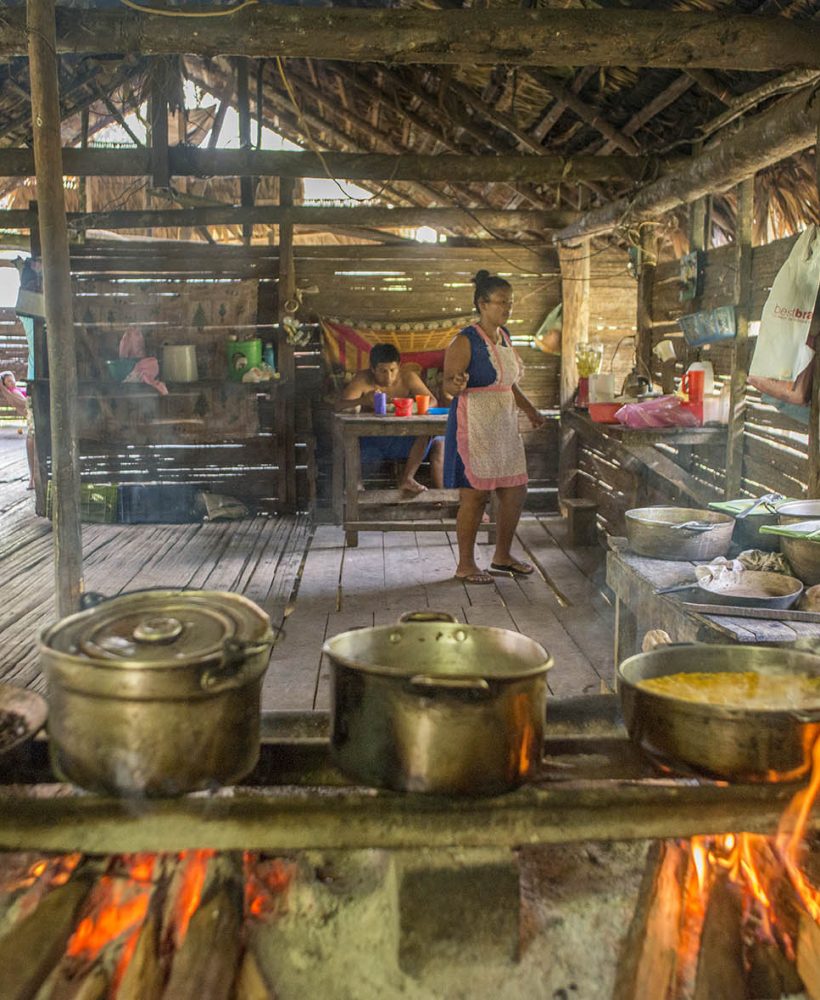
Afro-Caribbean People
Is not clear yet the exact date and origin of the first Afro descendant people who came to the land we know today as Talamanca. Without a doubt, the origin, the historical moments and the reasons that made them arrive are very varied adding a lot of spice, diversity and richness to the afro Caribbean culture of Talamanca.
The Spanish colonizers registered the existence of black people on the coast of Talamanca while trying to conquer the highlands of the territory where the indigenous lived. It is also known that at early 1800´s Afro-Caribbean fishermen from Bocas del Toro, the Nicaraguan Caribbean and the San Andres Islands came to Talamanca while chasing sea turtles and settled down in this coast. In early 1900 they also arrived from Jamaica to work on the construction of the railroad towards the Atlantic coast of Costa Rica. Lately an interesting investigation in been conducted about an earlier arrival of African peoples on slave ships which sunk near Cahuita and who apparently escaped into the mountains. This hypothesis could explain African genes on some indigenous clans of Talamanca.
They were responsible for giving shape to the Talamanca coastal towns and social structures. They brought with them knowledge about farming and fishing, culinary arts, and some beliefs about life, death, and nature that can be traced back to their African origins. They also brought British colonial customs adopted during generations of slavery and labor in the Caribbean islands. Maypole dances, cricket, and even Shakespeare were practiced in their coastal villages.
Caribbean farmers planted the coastline with coconuts, and developed interior farms of root crops, breadfruit, citrus, and more. They brought with them akhee and cola nut, two tree crops native to Africa and important to their culture. Cacao, coconuts, turtle shells, etc. became cash crops and facilitated local development. Commerce and cultural ties were linked to the Caribbean islands. Magazines, bibles and the teachers to instruct people in their use came from Jamaica.
Interesting cuisine using local, fresh ingredients has been an important Afro-Caribbean contribution. Spicy jerk chicken, fish in Caribbean sauce, or Rondón (aka Rundown) which is tubers like taro, yams and others cooked in coconut milk together with fish or other seafood, are favorites along with patacones (green plantains french fried style), and coconut rice and beans. Spicy patti (meat pie) or sweet plantain tart are commonly offered on the street or little stands.
Music is a very important part of this culture and small acoustic bands can often be seen playing the traditional Calypso at local restaurants and bars.
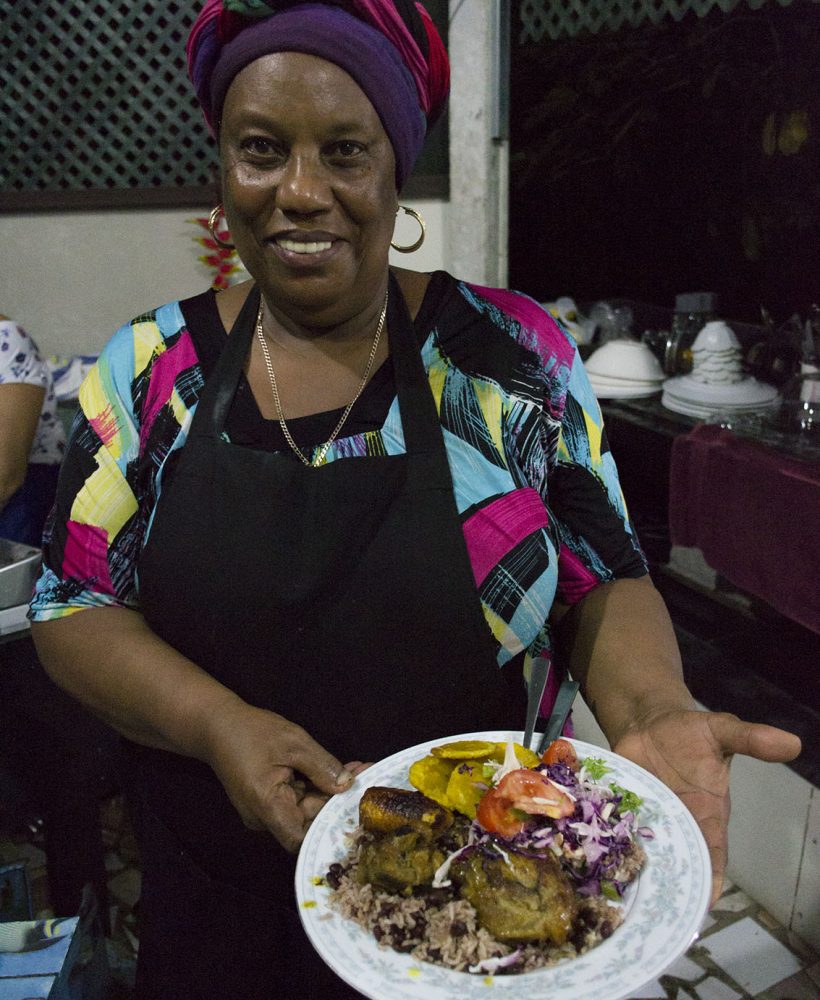
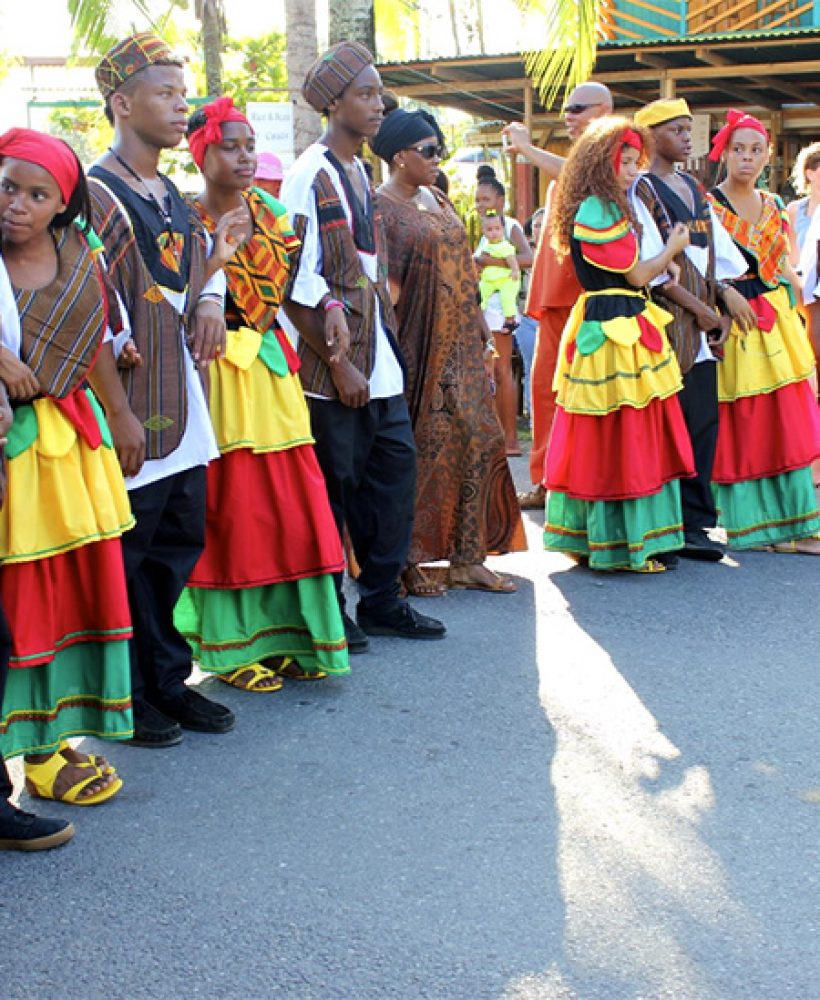
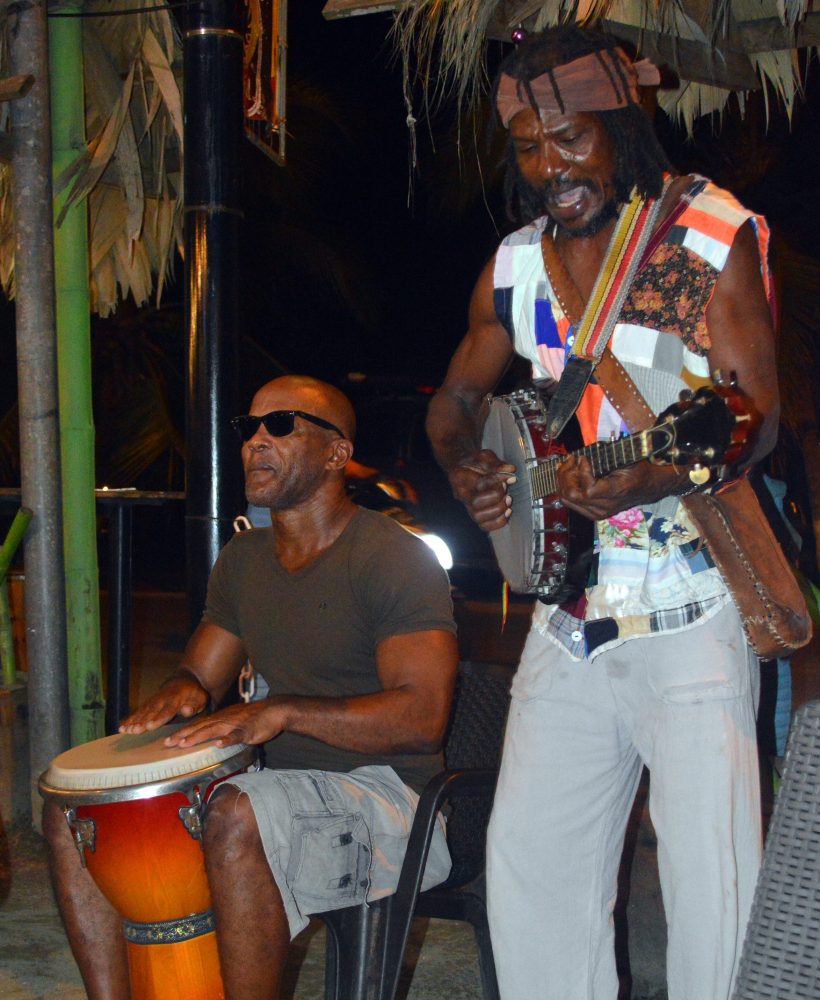

Ladinos
Ladinos, people of mixed native and spanish ancestry, are called ‘Pañas’ in local English dialect. They are mostly ‘campesinos’ (farmers) originally from Guanacaste, who were settling and introducing relatively small cattle farms in the hills of Talamanca around Carbon, and the Gandoca area on the coast bordering to Panama, since the middle of the 20th century. Many settler of Spanish descent migrated from around the country and took over land that had been owned by the banana companies along the Sixaola River valley after the mid-1970’s where they maintain plantain and banana farms.
In Gandoca some of these families now also offer typical ‘campesino’ home stays combined with turtle watching during nesting season at night, and guided explorations of the Wildlife Refuge’s wetlands by day which can be booked via ATEC.
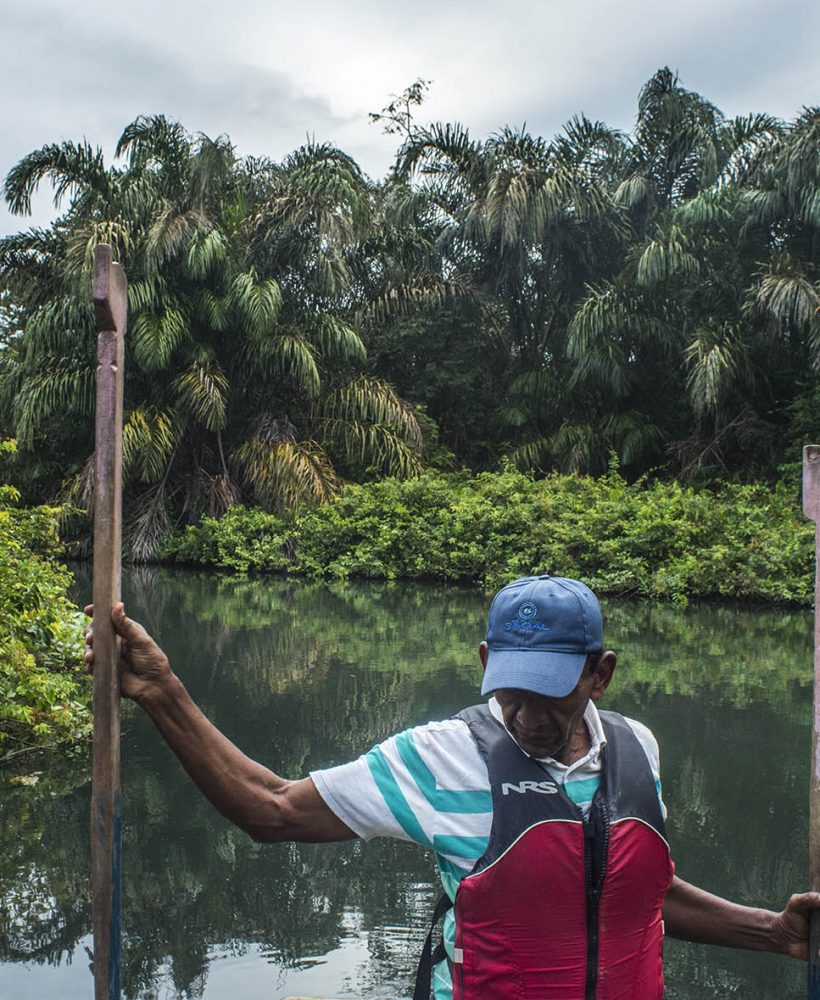
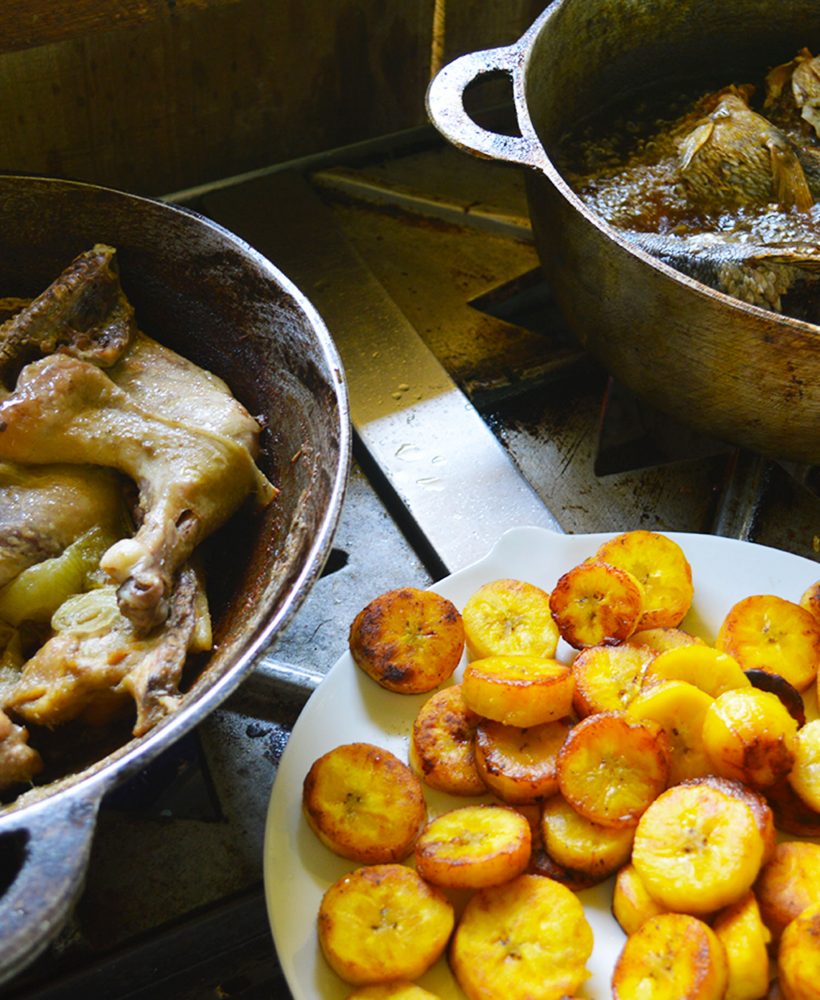
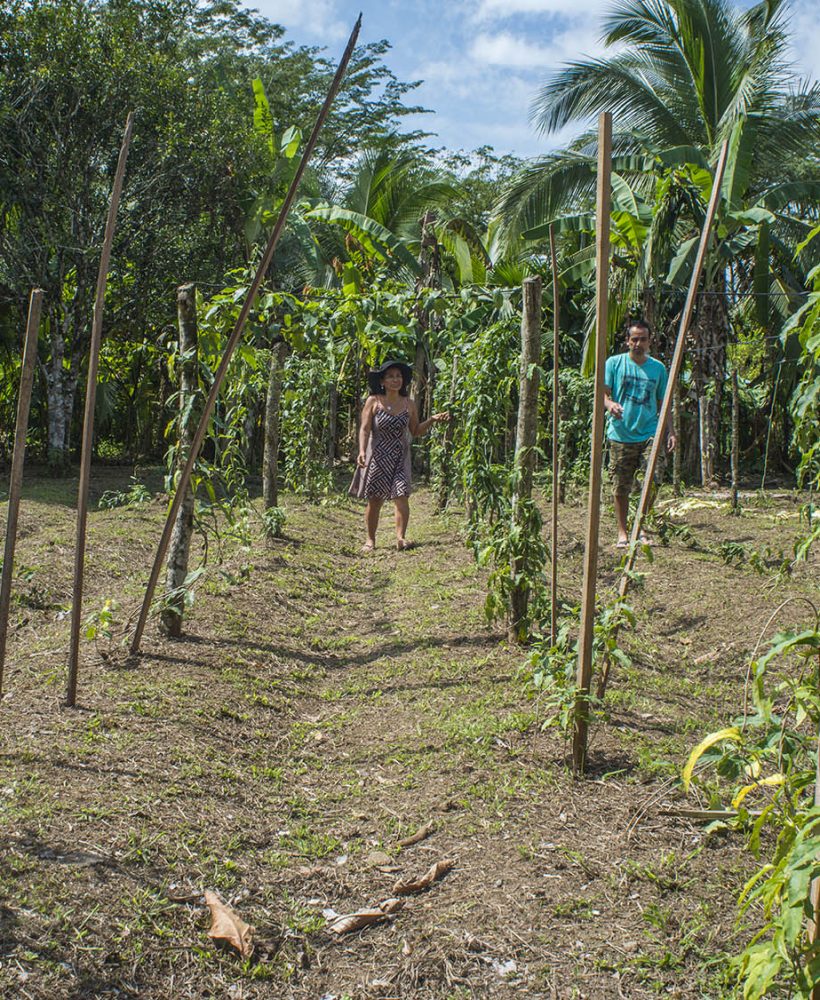
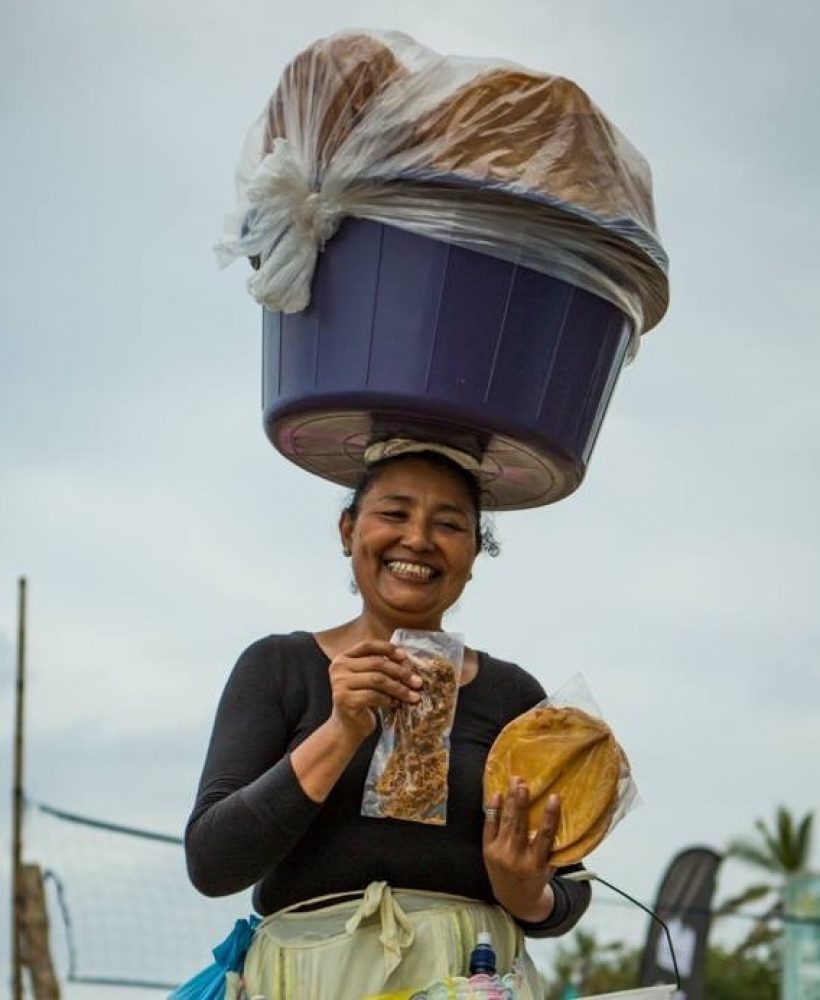
Multi-Culti
Since beginning of the 70’s backpack travelers, mostly from Europe, arrived fascinated by the exuberant natural beauty and the cultural expression of the southern Caribbean coast and were curious to learn about the local lifestyle, intrigued by its simplicity and deep connection to nature. More and more visitors decided to stay, leaving the consumerist ‘first world’ behind to live a more rustic life, slowing down without the stress and ‘rat race’ of their countries of origin.
More and more expats arrived over the last two decades, many times also escaping from economic crisis of their countries, investing in small businesses, some also finding a local spouse, and contributing to the enchantment of the mixed cultures and intermingling of races of the southern Caribbean coast. Some who have started counting the nationalities living here peacefully together, say that there are now somewhere around 60 different nations.

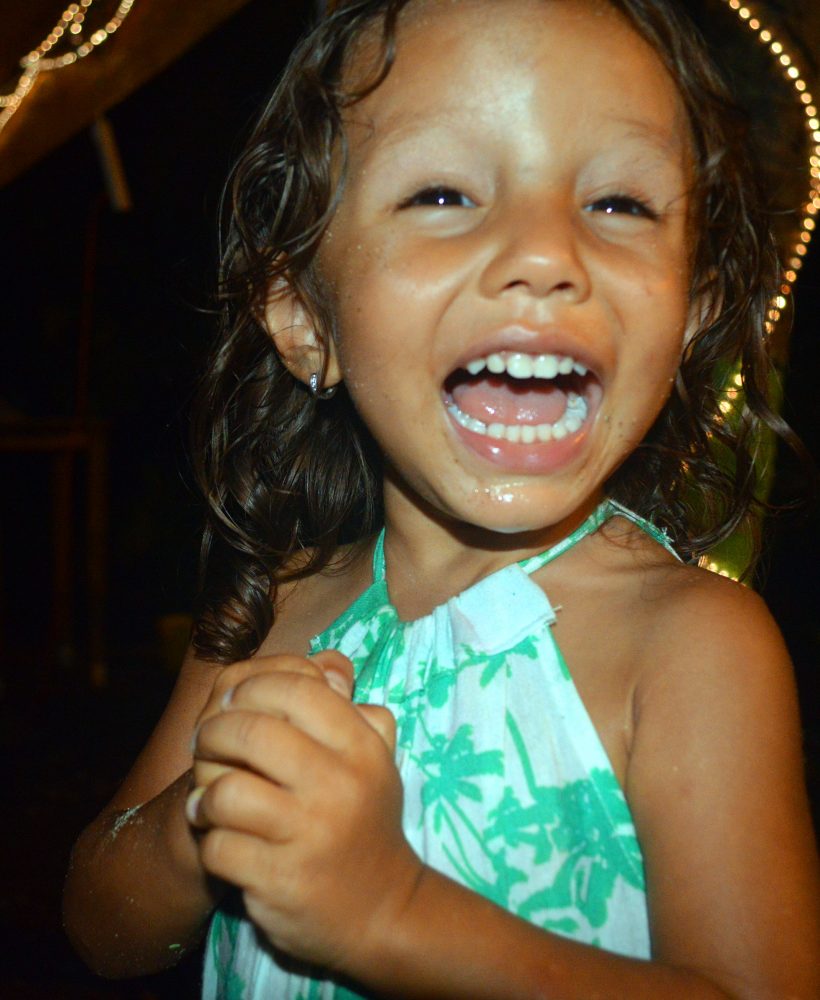
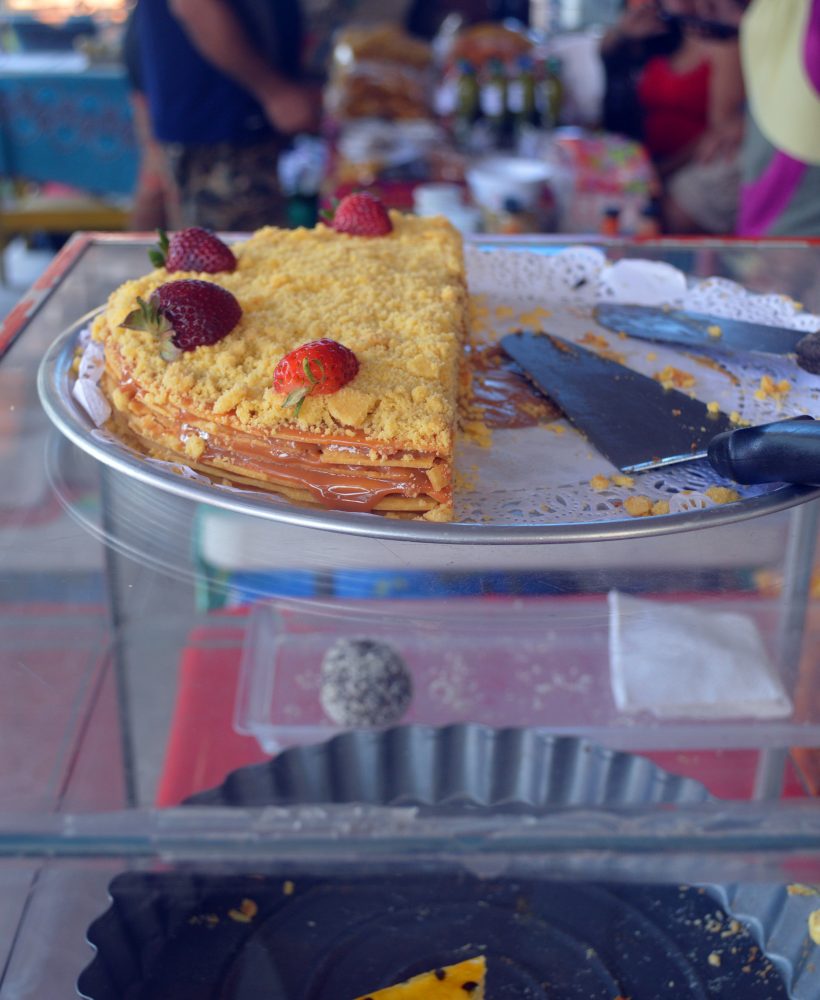

“Your life is worth much more than gold.”
Bob Marley
